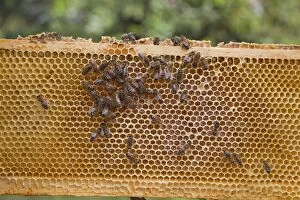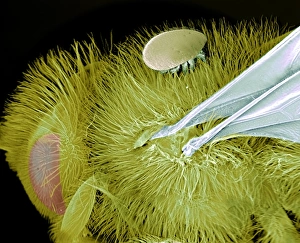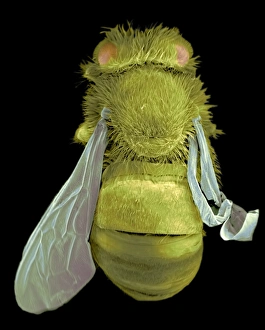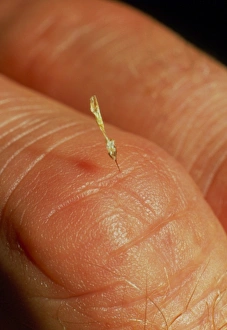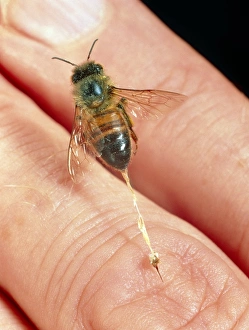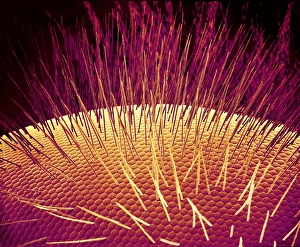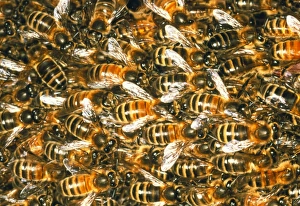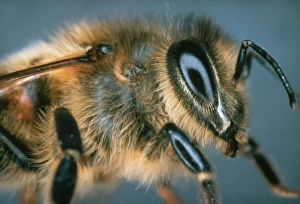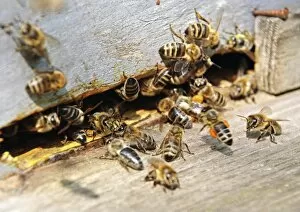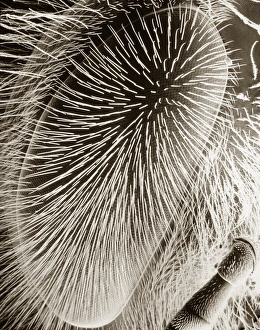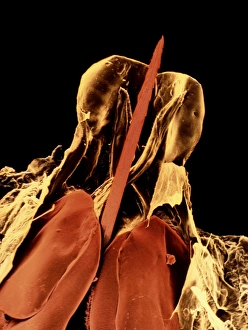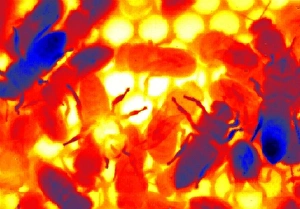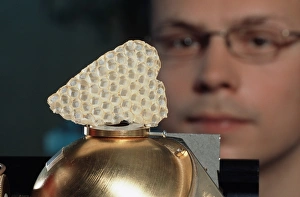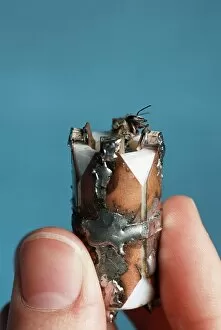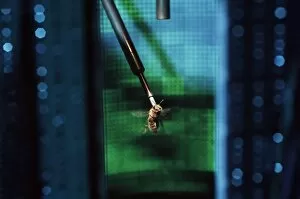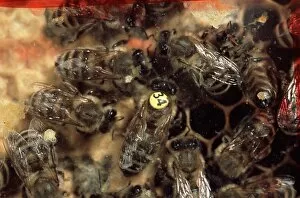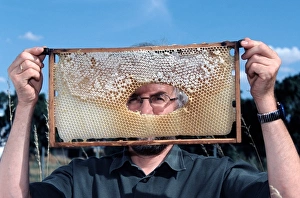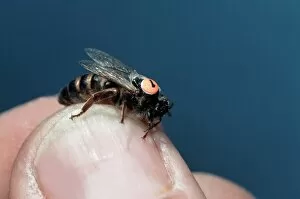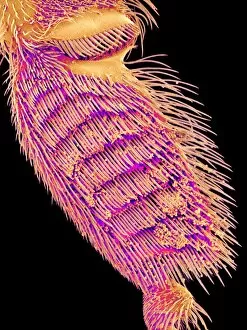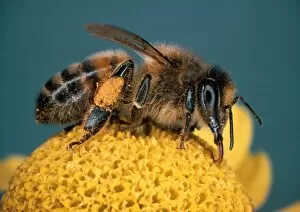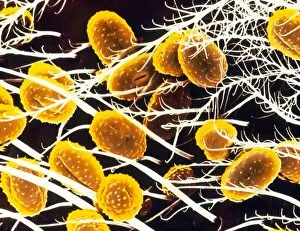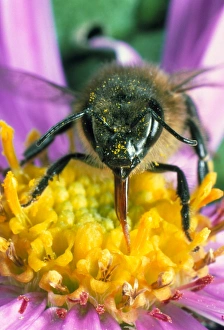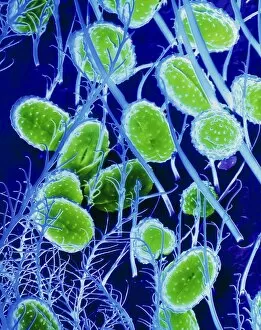Apis Mellifera Collection (page 5)
"Exploring the Intricate World of Apis Mellifera: From Honeycombs to Wild Honey Cones" Step into the fascinating world of Apis mellifera, commonly known as honey bees
All Professionally Made to Order for Quick Shipping
"Exploring the Intricate World of Apis Mellifera: From Honeycombs to Wild Honey Cones" Step into the fascinating world of Apis mellifera, commonly known as honey bees. 🐝🍯 Witness the mesmerizing sight of honey bees diligently working on a honeycomb, their intricate creation that houses their precious golden treasure - honey. 🍯 The life cycle of these remarkable creatures unfolds within this hexagonal masterpiece, providing shelter and sustenance for each stage of their development. Dive deeper into their world with an expanded cross-section and insets, revealing the hidden wonders within. Delve into the internal anatomy of a honey bee through a captivating cross-section image. Marvel at the complexity and precision that enables them to navigate through life with such grace and efficiency. Every detail is meticulously designed for survival in their buzzing society. Observe a graceful honey bee delicately perched on a vibrant flower, engaging in its essential role as nature's pollinator. Witness how they contribute to the beauty and diversity of our ecosystem while gathering nectar for their hive. Through stunning artwork capturing bee anatomy, gain insight into the intricacies that make these tiny creatures so extraordinary. Appreciate every delicate structure that contributes to their ability to thrive amidst diverse environments. Immerse yourself in nature's sanctuary at Welder Wildlife Refuge in Sinton, where wild honey cones attract swarms seeking nourishment from Mother Earth herself. Experience firsthand how these industrious insects interact harmoniously with their surroundings. Explore even closer with scanning electron microscope (SEM) images showcasing minute details like never before seen - from a mesmerizing view of a single leg adorned with pollen grains to an up-close look at a majestic head adorned by multifaceted eyes. Witness Apis mellifera gracefully feeding on ice plant flowers or lavender blooms at Mayfield Lavender Farm.











